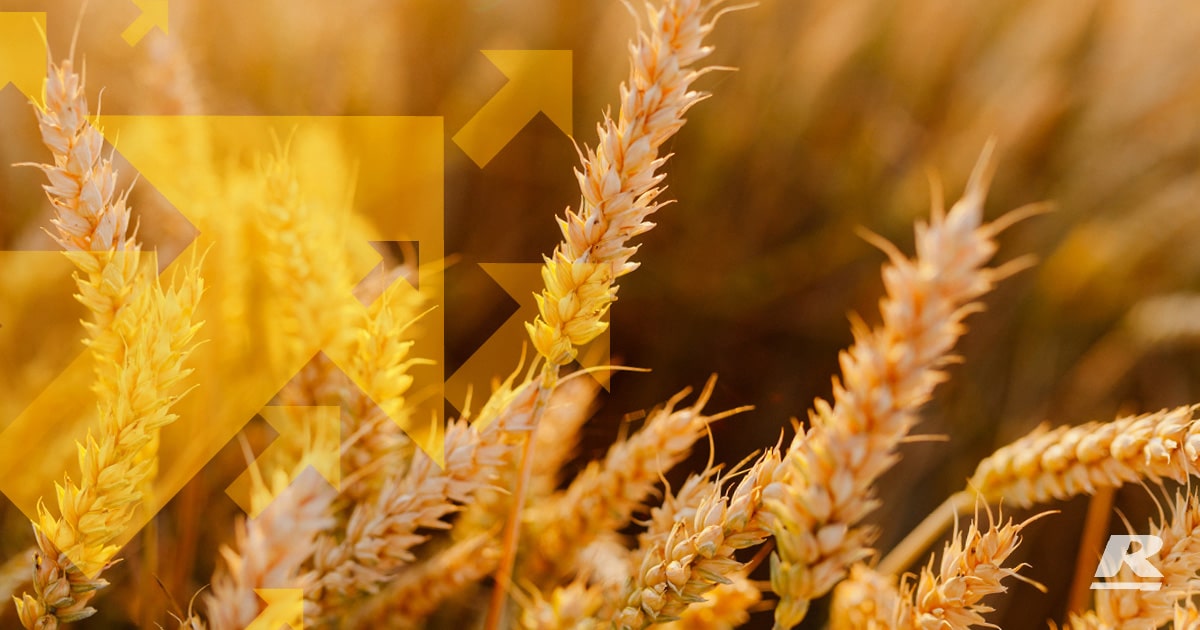COMMODITY UPDATE
Market Observations: August
Victorian cereal markets have been relatively subdued over the last month. While trade volume has been steady, there hasn’t been the level of volume going through as seen in previous months and market prices have traded in a tight range. There has however been an uptick in farmer to farmer trade due to the lack of rain in the South, meaning supplementary feeding has had to compensate for the lack of on farm feed and pasture growth. Normally, into the depths of Winter supplementary feeding is required as a top up to hold animal condition, but many areas particularly in the South West of Vic have had to increase supply as Farmers attempt to effectively deal with a green drought. While preferred grains such as Barley has had a slight softening in price recently due to the reduction in export pressure, Farmers using pulses in the mix have had to succumb to the relatively high prices brought on by strong demand into the sub-continent in what has been a steady export program as a result.
The irony is when we look at vege-protein sources, globally, the supply of Soybeans, Canola and Palm Oils are plentiful at the moment. The Bi-products such as the remaining meal provides a high protein source for animal feed and is traded in vast volumes. Due to a large global supply these markets have seen a softening in price to the point where prices are inverted well into 2025. The difference locally for farmers buying protein in pulses is the fact they are competing directly with a substantial food market competitor who has an unwavering requirement for a specific raw material and will pay to get it. This is very much the case of what we often see with high protein Wheat in the North of the country.
The Darling Downs in Queensland is an area renowned for producing exceptionally high quality, high protein Wheat such as APH1/APH2 qualities. The demand for this quality is unrelenting in flour mills across Asia throughout countries such as Thailand, Taiwan, Vietnam and others. While U.S.A DNS quality is highly sought after and to a lesser extent Canadian CWRS, Australia’s high protein grain plays a crucial role in filling the Asian flour millers supply chain (not to mention lower grades as well). The QLD Darling Downs is also a substantial producer of Beef, or more specifically – Beef in feedlots. QLD does grow a Sorghum crop which can and does get used in feedlot systems but the primary staple for feeding Northern Beef is Wheat. As Australia is a net exporter of grain without the luxury of importing cereal grain in bulk from other origins (bar a couple of events in times of extreme domestic drought) it means local feed requirements need to be satisfied via domestic supply. Just as for example how the South West Victorian Sheep producer must compete with the sub-continent Jagger naught food market for supply of pulses, the Darling Downs Beef producer must compete with the mega Asian flour millers, particularly those that only choose Australian origin in their mix.
QLD grain growers aim for achieving APH1/APH2 Wheat grades to maximise their quality price premiums. Unlike the Southern states where if a crop doesn’t make a particular grade there are usually options to fall not too far into the specification below, E.g, H1, H2, APW, ASW, SFW, FED, etc. For the QLD Wheat grower it is usually APH1/APH2 then SFW, essentially grain that misses the high grade spec is downgraded straight to a feed grade. If the farmer achieves the higher grade then the feedlot must match or better the export parity price, or pay a relative freight component to draw grain from the South. This is also not uncommon for Farmers who feed Barley who must then compete with Malt brewing companies when Barley achieves a Malting specification.
Competition for Australian grains, seeds and pulses are high due to the quality of production, particularly more so when importers can draw on product at the right price. Australian product will often draw a relative premium over many other origins due to its high quality which is a testament to Australian farming systems. Competition is important for Australian growers just as is the ability to produce a diverse portfolio of raw materials. Diversity in commodities, varieties and playing to ecological strengths helps find the right balance in a complex marketing environment particularly when navigating the multitude of opportunities presented to Australian growers.
To increase your livestock farming gains & expert nutritional feeding advice please call 1300 REID FEED or enquire here >
 Author
Author
Justin Fay
Commodity Manager

 Author
Author